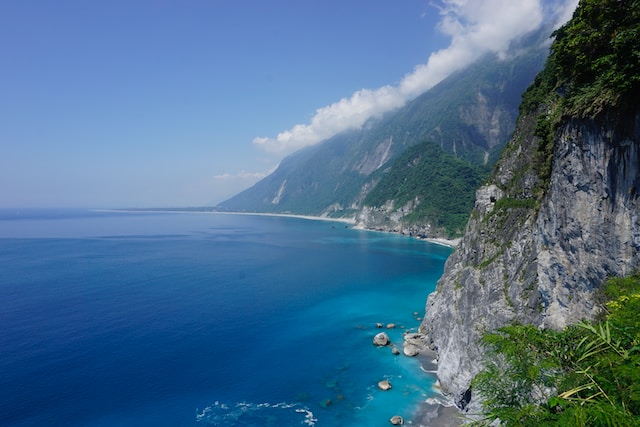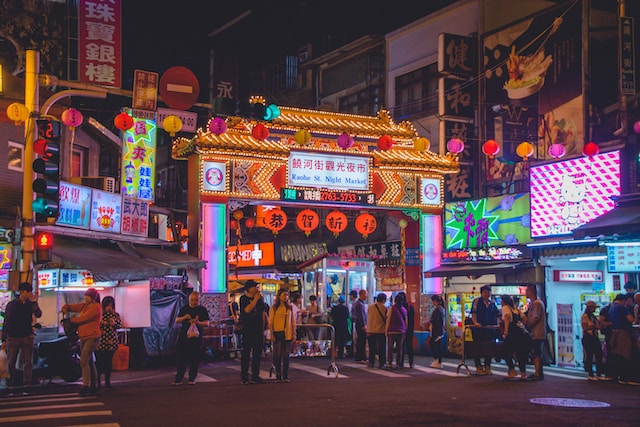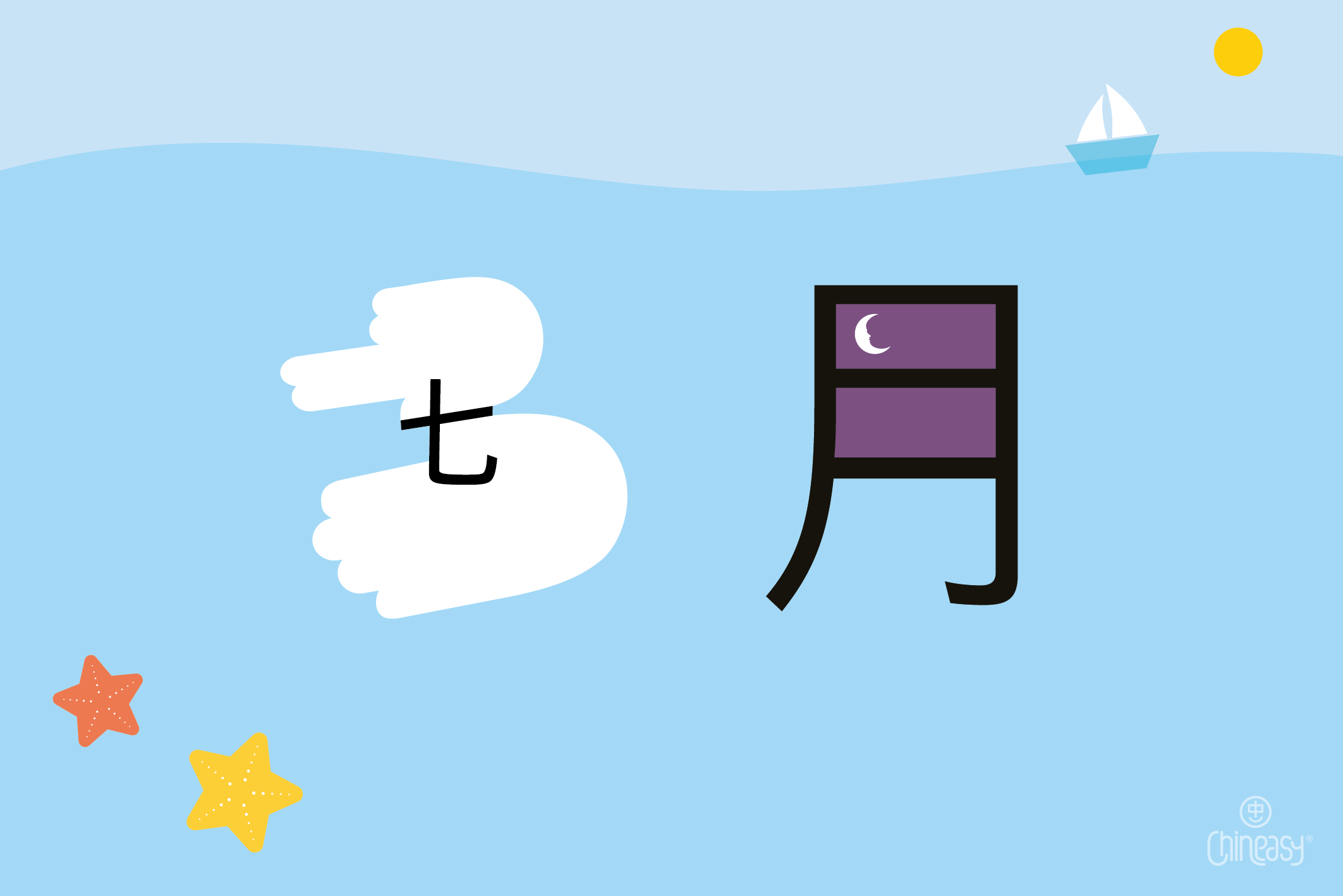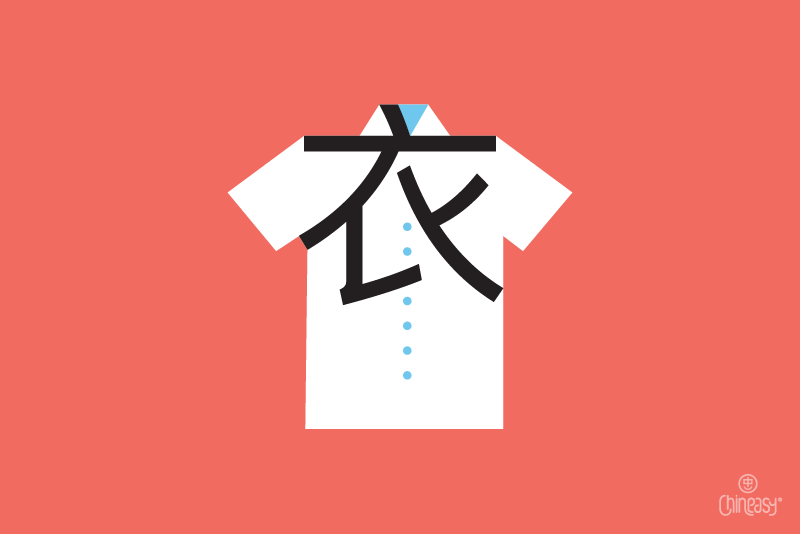Taiwan (台灣; tái wān), an undiscovered gem for many, sits at the top of the list for cycling enthusiasts around the globe – and for a good reason.
The island is an idyllic paradise for those who pedal, thanks to an extensive network of meticulously maintained cycling paths, notably the renowned Taiwan Cycle Route No. 1, or 環島1號線 (huán dǎo yī hào xiàn).
Spanning an impressive 968 kilometers (602 miles), this trail encircles the entire island, promising a one-of-a-kind adventure.
Endorsement from the Taiwanese government has resulted in the flourishing of a vibrant cycling culture across the nation.
This is evident in the ease of finding bicycle-friendly accommodations, an abundance of bicycle hire shops (自行車租借店; zì xíng chē zū jiè diàn), and even dedicated rest stops catering specifically to cyclists along major trails.
Taiwan’s diverse landscape, from serene coastal plains and challenging mountainous terrains, caters to riders of varied skill levels.
In this blog post, we aim to shed light on the rewarding experience of cycling in Taiwan, offering insights on tackling the journey and maximizing the adventure. Along the way, you’ll learn some useful Chinese phrases with us!

The Breathtaking Hualian Coast of Eastern Taiwan
Photo by Bells Mayer on Unsplash
Be ready for the weather
We don’t want to scare you, but it’s true: the hardest part for many cyclists coming from other countries to Taiwan is dealing with the weather (天氣; tiānqì).
Taiwan’s weather is usually warm and wet in the summer and mild in the winter. But the weather can change fast, especially during the typhoon season from June to October.
To stay comfortable on your ride, bring lightweight clothes that dry quickly, a rainproof jacket, and be ready to change your plans if the weather changes.
Map your route
Next, we delve into the most exciting part of the preparations – planning your route.
A well-trodden path for cyclists circling Taiwan is a 968-kilometer journey commencing from Taipei (台北; tái běi), winding down the eastern coast, and passing through scenic locales such as Hualien, Taitung, Kenting, and Kaohsiung (高雄; gāo xióng), before making its way back to the capital via the western coastline.
Depending on your pace and sightseeing choices, this route can comfortably be covered in 10 to 14 days.
For a touch of personalization, consider altering your path slightly to explore lesser-known jewels like the Penghu Islands, Alishan, or the stunning Sun Moon Lake.
Pack the essentials and secure your lodging
Beyond the task of selecting a route tailored to your cycling abilities, the key to a smooth and enjoyable adventure lies in your equipment.
If you’re not planning on bringing your own bike (自行車; zì xíng chē) to Taiwan, rest assured that Taipei boasts numerous bike rental outlets offering a range of bikes and gear to meet your specific requirements.
Remember to include essentials in your pack list, such as a helmet, repair kit, water bottles, and a compact first-aid kit.
For those embarking on multi-day journeys, planning your stops and securing accommodations becomes an integral part of the process. Taiwan offers many lodging options across the island, from hotels and hostels to homely bed and breakfasts.
We highly recommend booking your accommodations well in advance to avoid last-minute hiccups, especially during peak tourist seasons. This ensures a seamless and stress-free travel experience.
Savor the local cuisine
Cycling is a calorie-burning activity, and what better way to replenish than indulging in Taiwan’s vibrant culinary scene?!
Journeying around Taiwan on two wheels unlocks an array of opportunities to sample the island’s rich and varied cuisine.
From bustling night markets (夜市; yè shì) in the heart of the city to quaint eateries tucked away in remote villages, you’re bound to stumble upon a diverse array of dishes catering to all preferences and budgets.
Take advantage of the local favorites, including hearty beef noodle soup (牛肉麵; niú ròu miàn), uniquely fragrant stinky tofu (臭豆腐; chòu dòu fǔ), refreshing bubble tea (珍珠奶茶; zhēn zhū nǎi chá), and sweet, crumbly pineapple cakes (鳳梨酥; fèng lí sū).

Raohe street night market (饒河街夜市) in Taiwan
Photo by Vernon Raineil Cenzon on Unsplash
Immerse yourself in exploration
One of the great delights of pedalling your way around Taiwan is the opportunity to discover the island’s magnificent natural wonders and rich cultural heritage.
Here are some destinations that simply can’t be missed:
- Taroko Gorge (太魯閣; tài lǔ gé): Be awed by this majestic marble canyon, featuring awe-inspiring views and an elaborate network of trails perfect for hiking.
- Kenting National Park (墾丁國家公園; kěn dīng guó jiā gōng yuán): Bask in the beauty of this tropical haven, adorned with pristine white sandy beaches, crystal-clear waters, and a rich diversity of marine life.
- Sun Moon Lake (日月潭; rì yuè tán): Take in the serene ambience of Taiwan’s largest lake, beautifully framed by scenic mountains and tranquil temples.
- Tainan (台南; tái nán): Step back in time in Taiwan’s oldest city, proudly showcasing its deep-rooted history through its myriad temples, shrines, and museums.
Master a few Chinese phrases
Although English is often spoken in Taiwan’s major cities and key tourist hotspots, equipping yourself with a handful of basic Chinese phrases can greatly enhance your interactions with locals, adding an extra layer of richness to your overall Taiwan cycling experience.
Simple expressions like “hello” (你好; nǐ hǎo), “Thank you” (謝謝; xiè xiè), and “How much?” (多少錢; duō shǎo qián?) can streamline your journey and make it more enjoyable.
For those wanting to delve a little deeper, here are three more expressions:
- I don’t understand – 我不懂 (wǒ bù dǒng)
- Where is the restroom? – 洗手間在哪裡? (xǐshǒujiān zài nǎlǐ)
- Can you help me? – 你能幫我嗎? (nǐ néng bāng wǒ ma)
Keep in mind that in Taiwan, traditional Chinese characters (繁體字; fán tǐ zì) are used, as opposed to simplified characters (简体字; jiǎn tǐ zì) common in China.
An interesting aspect of learning Chinese in Taiwan is the use of Zhuyin (also known as Bopomofo) for phonetic notation, in contrast to the Pinyin system predominantly used in mainland China. For instance, the Mandarin greeting 你好 (hello) is transliterated as “nǐ hǎo” in Pinyin, while in Zhuyin, it’s represented as “ㄋㄧˇ ㄏㄠˇ”.
Cycling around Taiwan is more than just a thrilling adventure; it’s an immersive cultural journey that lets you explore breathtaking landscapes and practice your Chinese language skills in authentic settings.
By planning your journey, you set the stage for a smooth and enriching trip around this captivating island.
So grab your bike, embrace the challenge, and remember to put your Chinese phrases into practice! Traveling is indeed one of the best ways to learn and absorb a new language. Get ready to create unforgettable memories and have a fantastic time in Taiwan!



